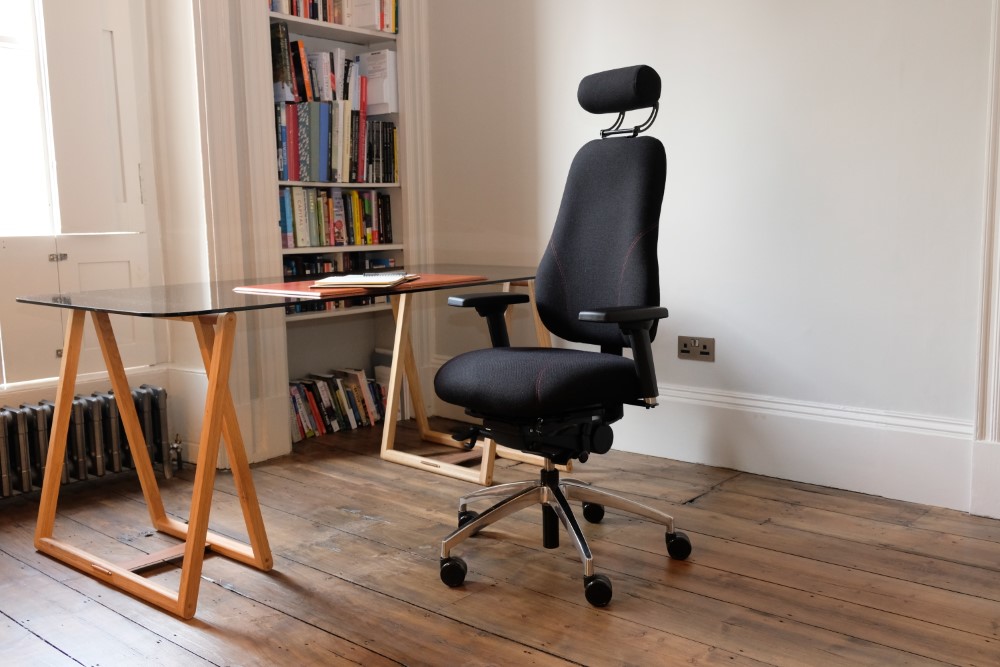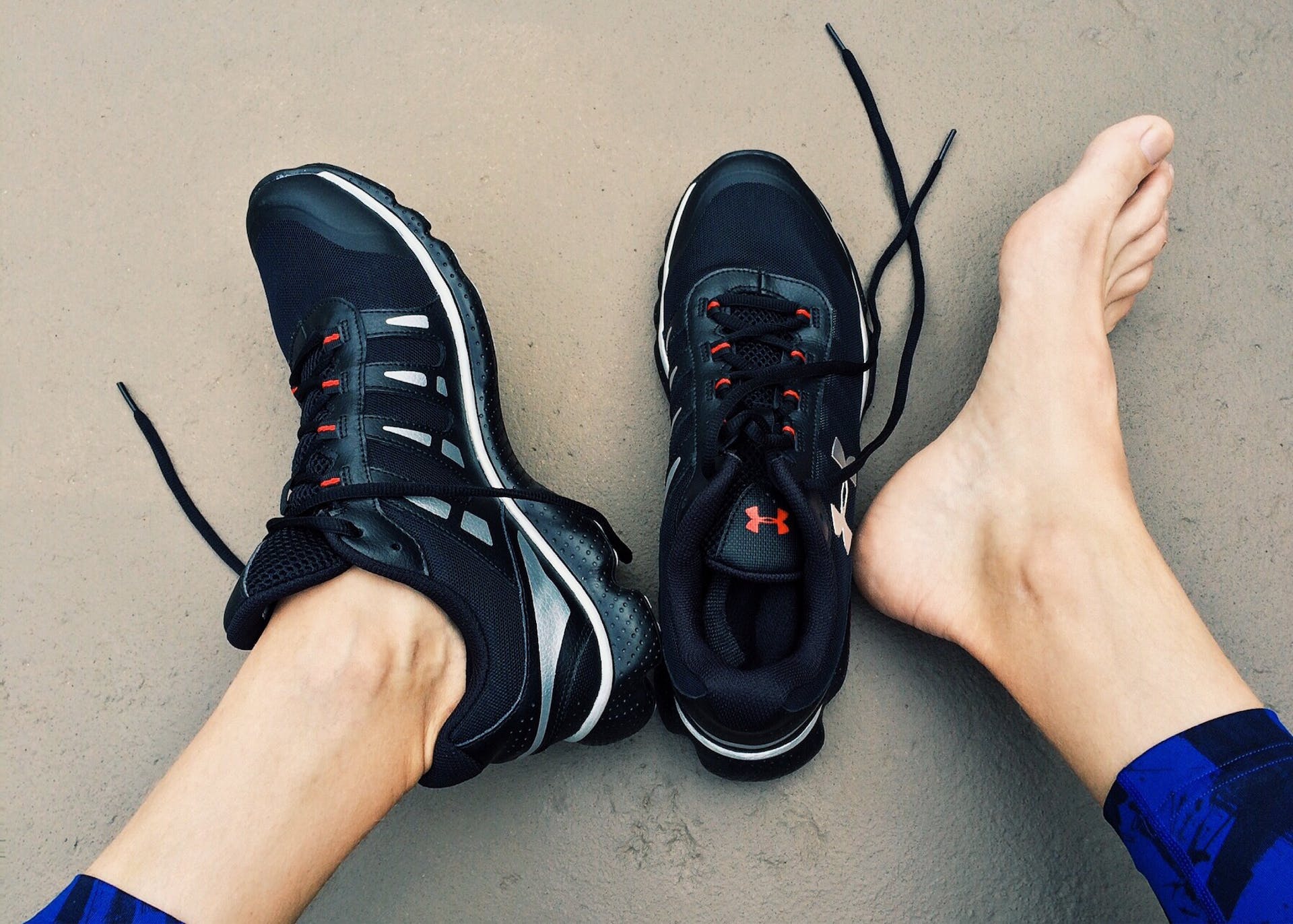Crack, Pop, Click…A noise often associated with seeing the Chiropractor, but what is it!?
It’s the noise made from either a chiropractic adjustment or for some of us just as we move our bodies in a certain way. It’s not your bones moving or crunching, but is actually caused by the formation and then release of gas bubbles.
How is it done?
When we perform this adjustment, we target an area of the skeleton that isn’t moving through its range as normal. The noise happens by a very quick but small movement, stimulating the joints and muscles around the spine or extremity. These adjustments help to reduce pain, and increase the range of mobility and function to the area.
Some people love having their back cracked, clicked or popped. Other people want anything to get some relief “but just don’t crack me.” The results you get from visiting a chiropractor can be achieved in many ways and we don’t always have to perform the adjustment.
What else can be done?
As Chiropractors our aim is to loosen up restricted joints that cause nerve irritation, inflammation, and muscle spasm. There are many ways to do this, and in addition to the adjustment we can also use, mobilisation, soft tissue stretches, massage, we also have a device called an Activator, this device delivers high velocity, quick impulses into the joints, and can be gentler than using the hands.
What does it do?
An adjustment has a number of affects on the body. It can help to break up any adhesions in the joints, stimulate the movement receptors in the joints which can cause a reflex relaxation of the local muscles. If the joints are stuck in a position causing irritation, it’s possible that an adjustment can help to realign the joints. This will then all start to reduce pain and increase function.
If the joints move better, the muscles relax, or the inflammation starts to subside and this is what we are really after. It’s important that it is applied to the right joints. Cracking any joint won’t help or just give limited relief, and this is often the problem with patients trying to ‘crack themselves’. You have to be able to localise the right joints first and that is part of the skill of a chiropractor.
How do you know where to do the adjustment?
Initially we simply feel the joints and surrounding tissues with our hands. Here we look for areas of prominence or asymmetry, or localised spasm of the small muscles around the spine or extremity which is often present with restricted joints. In some areas of the spine this can be enough to detect a problem but usually it will need to be confirmed with what motion palpation. Motion palpation is done by pressing on the spine to feel how the joints move and flex under our hands, If the area moves poor and feels completely or partly restricted this indicates dysfunction. Muscle testing and active joint range or movement are also used to asses for restricted regions.










